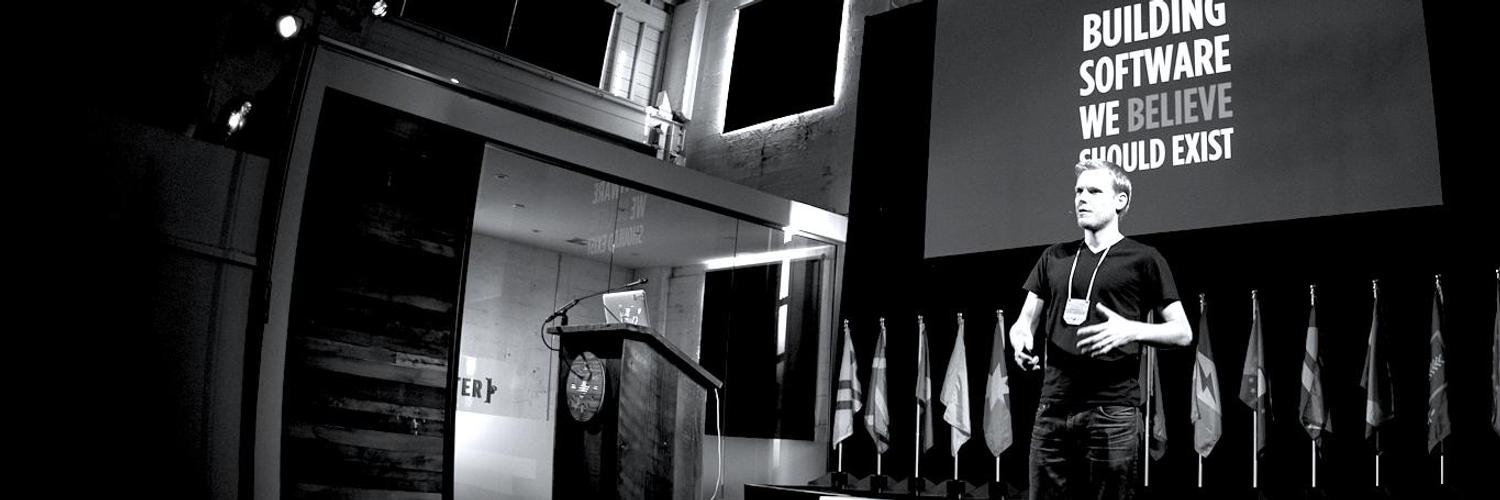Giving Meaningful Presentations
Today will forever change how I approach giving a presentation.
This morning I had the most successful presentation of my life. It wasn’t because it was a big audience or because I wowed them with my wit. It was a short, simple presentation about HouseFLIX to approximately 35 real estate agents at their office. No big deal. But, everybody followed along completely, they understood and connected with what I said, and Travis got a slew of new customers as a result.
I changed my normal presentation strategy in 2 ways. I hope I never forget them.
First, I stripped it down to the most simple message I could give and still be coherent. (My entire presentation took up 4 slides. There was 1 concept per slide.)
Second, was how I involved the audience, here’s where I want to elaborate…
Presenting is about communication. It’s not about what you say as the presenter, it’s all about what the audience hears and understands.
It’s possible to give a brilliant, eloquent and totally useless speech. People do it all the time. Those types of speeches may leave audience impressed with the presenter’s intelligence. But, unless the audience understood his message and can still remember it 2 weeks later. HE FAILED.
Most presentations focus on facts. People simply go and rattle off a bunch of information and statistics. If presented well, it might be interesting at the time, but most people don’t remember those stats 5 or 10 minutes later (Much less 5 or 10 days).
A better technique is to tell a story. Good stories create “knowledge gaps” where a few important pieces of information are missing and the audience stays focused to satisfy their curiosity. This improves recollection, but it’s still not great.
The ultimate communication technique, even beyond story telling is when you can put your audience in the story. When you can get your audience to use their own imaginations to visualize a situation that you paint for them, it triggers all sorts of senses, emotions and responses in people’s brains. Studies suggest that when people visualize a situation, their brain goes through nearly the same things it would if they actually experienced it! As you can imagine, this dramatically increases recollection.
I began the presentation with a slide of a young, wealthy, professional-looking couple staring at the audience with an intense, critical look on their faces. Then I painted a picture for the audience including names and occupations of the couple in the picture. I told them to imagine that they were in the middle of a listing presentation with this couple. Then “as the gentleman in the picture” I asked them a very difficult, probing question about how they would market their home on the Internet. I kept probing them and providing details to make sure they would feel the situation and the stress of being put on the spot. Then I offered an alternative answer and told them to imagine answering the question in that way. Once again, hoping they would feel the confidence of being able to provide such a positive, confident answer to the fictional character’s tough question.
They were riveted. It was incredible. It was a situation they had all experienced. It played on fears that they could all relate to. Then it gave them the solution that resolved the situation. They were totally “there” in that situation.
We then reinforced the same message by having the picture of the same couple on the brochure that we handed them. Essentially, it was almost like an outline of the presentation. It was the best response we’ve ever received. The visualization technique seems to be really powerful.
